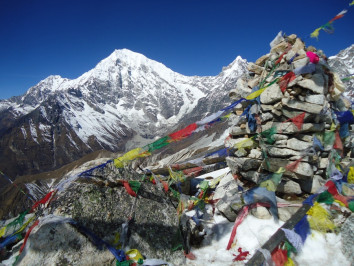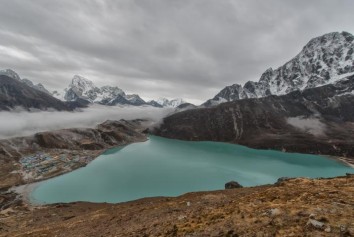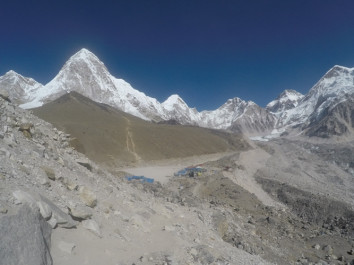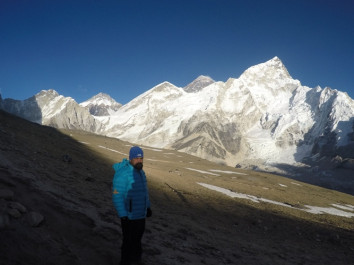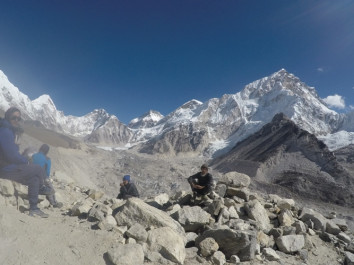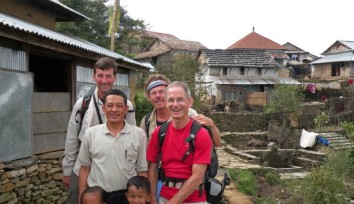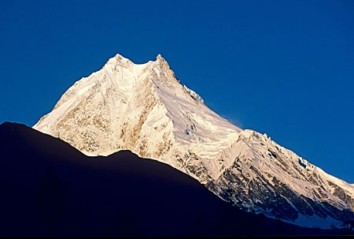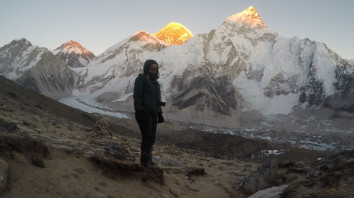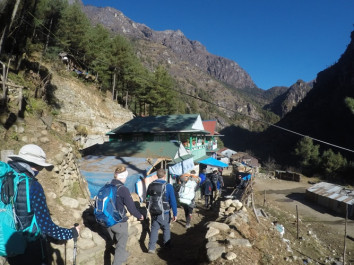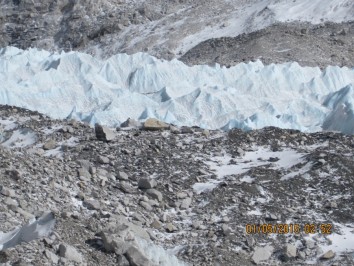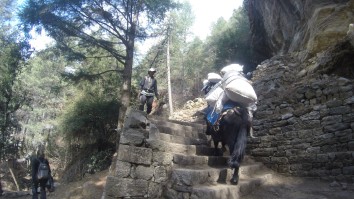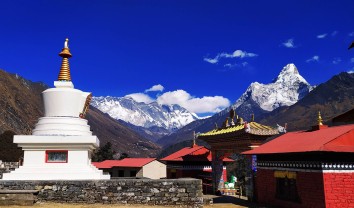What mountain do you climb in Nepal?
Climbing in Nepal offers a truly unforgettable experience amidst some of the world's most stunning mountain landscapes.
Table of Contents
Here's a bit more detail about climbing in Nepal:
Mountaineering Peaks: Nepal is home to eight of the world's 14 highest peaks, including the iconic Mount Everest. Many of these peaks require technical climbing skills and extensive preparation.
Trekking Peaks: Nepal also offers numerous trekking peaks, which are lower-altitude mountains that can be climbed without extensive technical climbing experience. These peaks are often included as side trips on popular trekking routes.
Permit and Regulations: Climbing permits are required for most peaks in Nepal. The regulations and permit fees vary depending on the peak and the region. It's essential to obtain the necessary permits and follow all regulations set by the local authorities and the Nepal Mountaineering Association (NMA).
Season: The climbing season in Nepal typically runs from March to May (spring) and from September to November (autumn). During these times, the weather is generally more stable, with clearer skies and lower risk of avalanches and other hazards.
Guides and Support: Many climbers opt to hire experienced guides and support staff from local trekking agencies for their expeditions. These guides provide valuable expertise, assistance, and logistical support throughout the climbing journey.
Altitude and Acclimatization: Climbers must be aware of the risks associated with high altitude, including altitude sickness. Proper acclimatization is crucial to minimize these risks, typically involving gradual ascent and rest days at higher elevations.
Training and Preparation: Climbing in Nepal requires physical fitness, technical skills, and mental preparation. Training for the specific challenges of high-altitude climbing, such as carrying heavy loads, navigating crevasses, and using specialized equipment, is essential.
Respect for Local Culture and Environment: Nepal's mountain regions are culturally rich and environmentally sensitive areas. Climbers should respect local customs, traditions, and the natural environment by minimizing their impact, practicing Leave No Trace principles, and supporting sustainable tourism initiatives.
Mount Everest (8,848 meters / 29,029 feet) - The highest peak in the world, located in the Everest region of the Himalayas.
Ama Dablam (6,812 meters / 22,349 feet) - Known for its stunning pyramid shape, located in the Everest region.
Island Peak (Imja Tse) (6,189 meters / 20,305 feet) - A popular trekking peak in the Everest region, often climbed as a part of the Everest Base Camp trek.
Lobuche (6,119 meters / 20,075 feet) - Another peak in the Everest region, offering stunning views of Everest, Lhotse, Nuptse, and other surrounding peaks.
Mera Peak (6,476 meters / 21,247 feet) - The highest trekking peak in Nepal, offering a challenging yet achievable climb with breathtaking views.
Pisang Peak (6,091 meters / 19,983 feet) - Located in the Annapurna region, offering a challenging climb with panoramic views of the Annapurna range.
These are just a few examples, as Nepal is home to numerous other peaks that attract climbers from around the world. The choice of mountain often depends on factors such as climbing experience, fitness level, time available, and personal preferences.
Whether you're an experienced mountaineer aiming for a Himalayan summit or a novice climber seeking an adventurous trekking peak, Nepal offers a wide range of options to suit every skill level and ambition.
One of the most famous peaks to climb in Nepal is Mount Everest, the highest mountain in the world. However, there are many other peaks in Nepal that offer incredible climbing experiences, ranging from challenging climbs to more moderate ascents. Some popular peaks for climbing include Ama Dablam, Island Peak (Imja Tse), Lobuche, Mera Peak, and Pisang Peak, among others. These peaks vary in difficulty and altitude, offering options for climbers of different skill levels and preferences. In Nepal, there are numerous mountains available for climbing, ranging from towering peaks to more accessible summits. Some of the most popular mountains for climbing in Nepal include:
Recent Posts
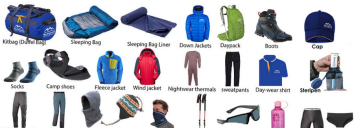
20th Oct, 2022
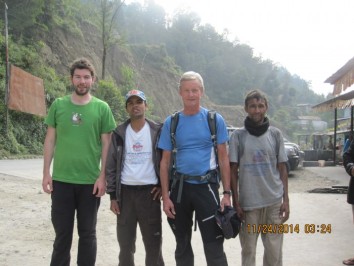
20th Oct, 2022
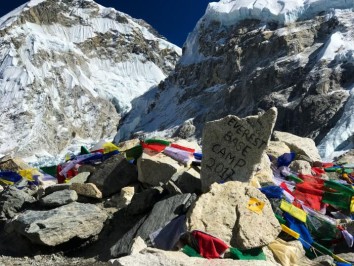
20th Sep, 2020
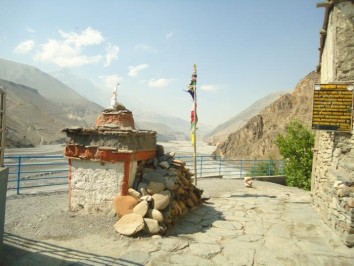
1st Sep, 2020

13th Nov, 2022

13th Nov, 2022
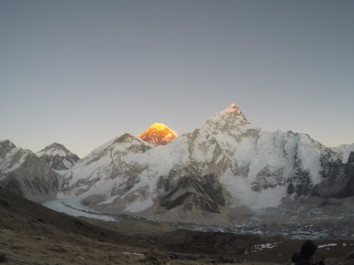
12th Sep, 2017
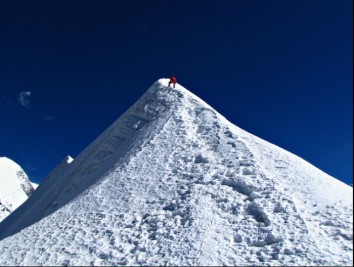
23rd Sep, 2015
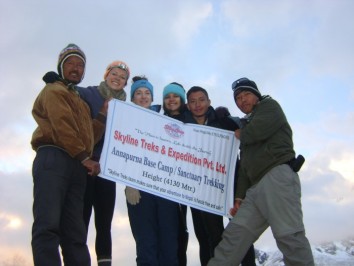
14th Aug, 2016
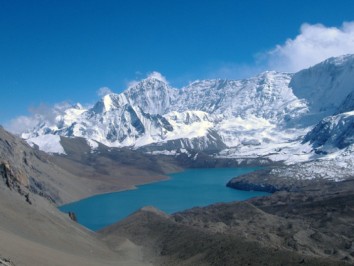
12th Aug, 2016
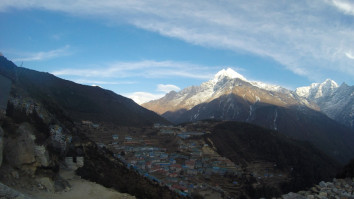
5th Apr, 2017
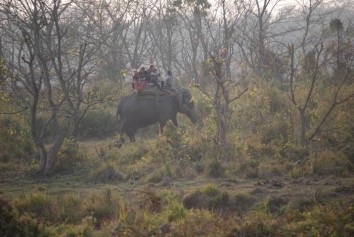
15th Jan, 2017
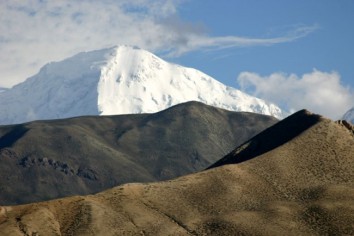
9th Jun, 2016
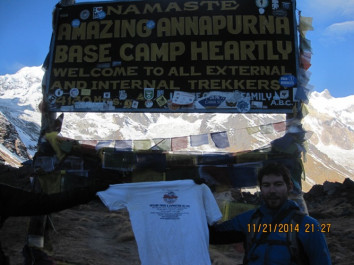
6th Jun, 2017
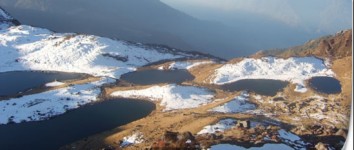
14th Sep, 2015
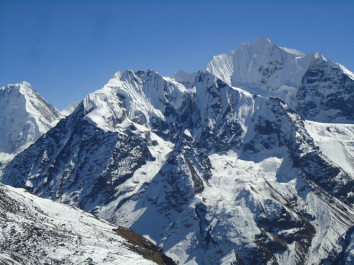
11th Aug, 2016
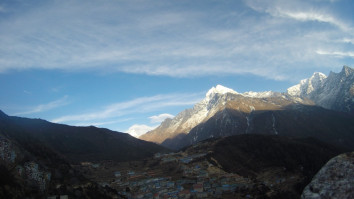
10th Apr, 2017
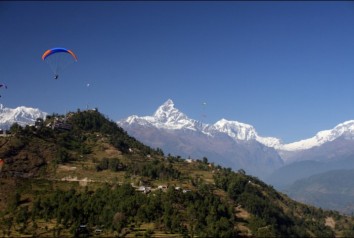
4th Oct, 2015
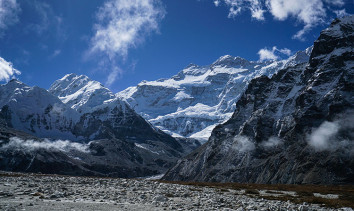
1st Oct, 2015
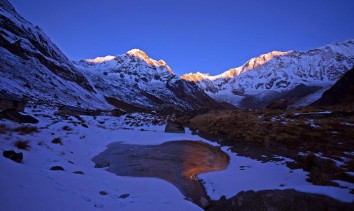
15th Jan, 2018

4th Sep, 2017
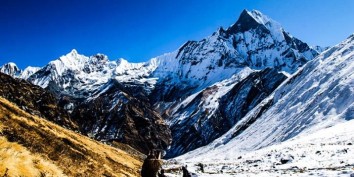
16th Jun, 2017
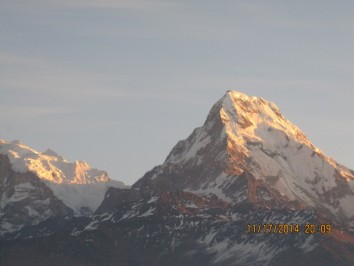
2nd Dec, 2017
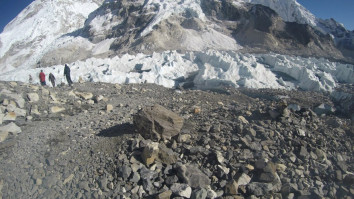
12th Oct, 2015
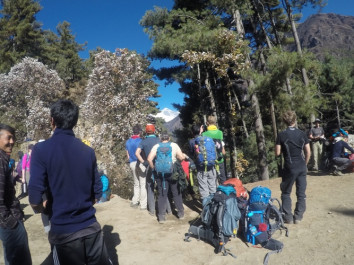
30th Jun, 2016
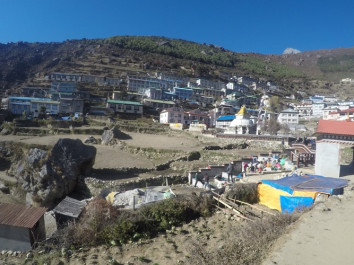
13th Apr, 2017
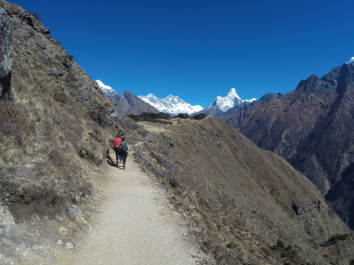
7th Jun, 2016
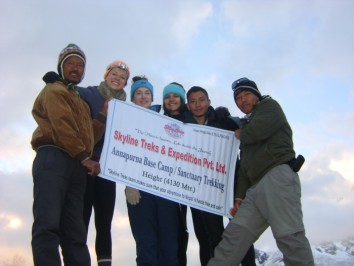
22nd Aug, 2017
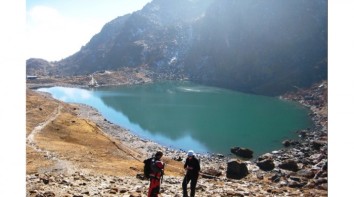
10th Sep, 2015
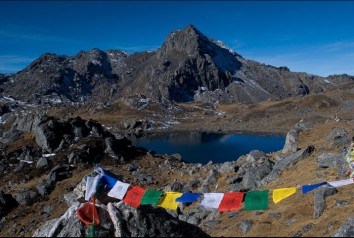
28th Aug, 2015
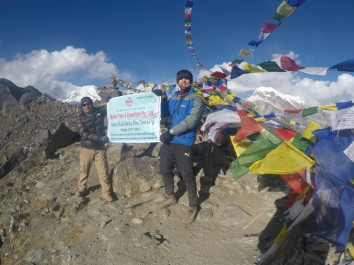
4th Jul, 2016
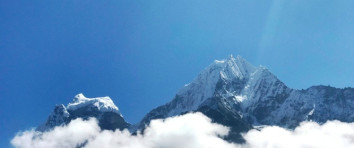
7th Oct, 2015
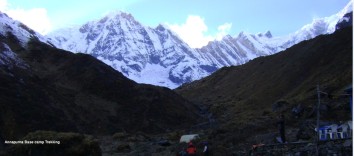
6th Dec, 2017
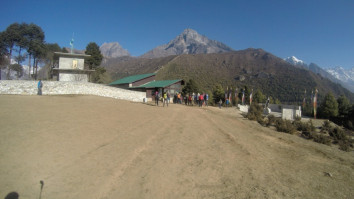
10th Jun, 2016
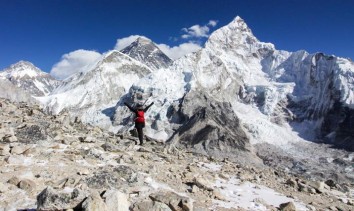
8th Jan, 2018
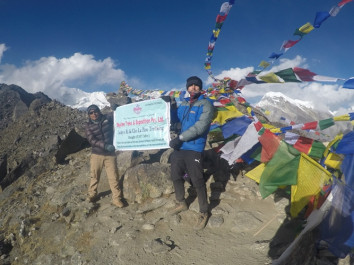
8th Jun, 2016
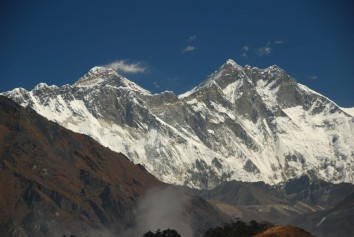
31st Aug, 2017
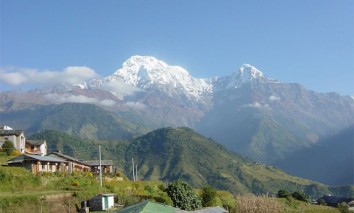
19th Sep, 2017
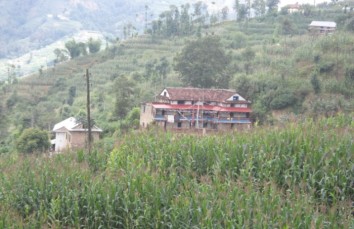
18th Aug, 2015
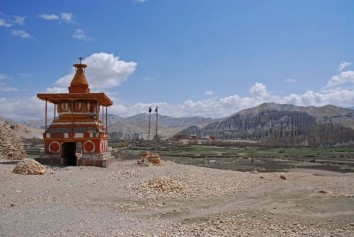
7th Aug, 2018
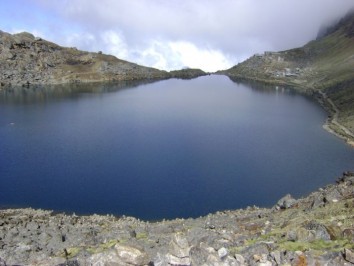
12th Sep, 2017

6th Mar, 2020
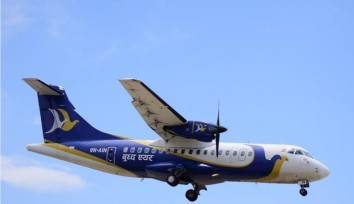
19th Sep, 2017
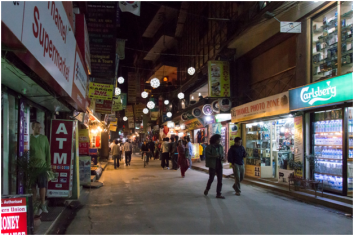
16th Feb, 2020

13th Dec, 2017

17th Jun, 2016
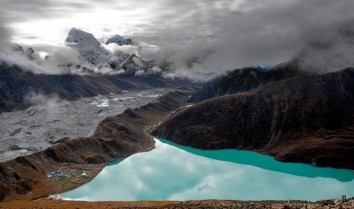
8th Dec, 2017
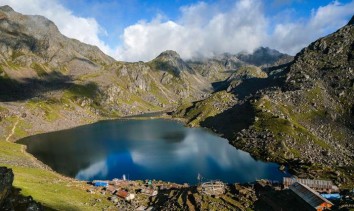
28th Jun, 2017
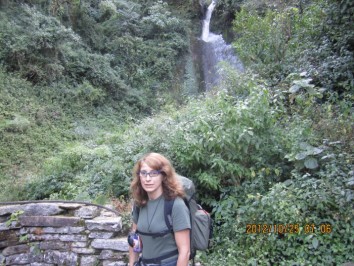
14th Oct, 2015
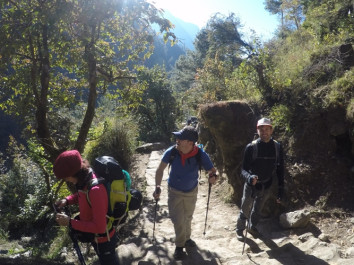
11th Jul, 2016
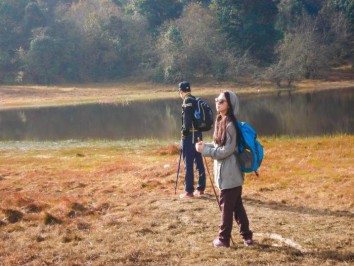
21st Jun, 2017
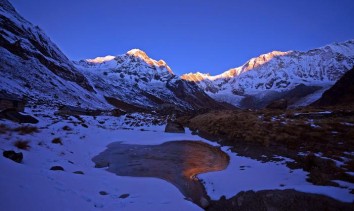
11th Jul, 2020
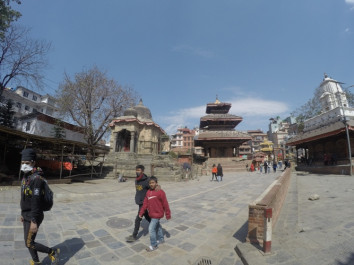
16th Aug, 2015
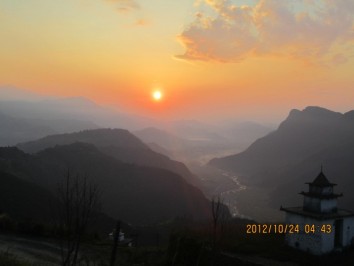
21st Sep, 2015
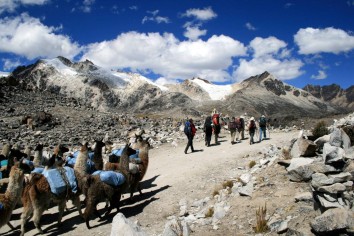
5th Mar, 2020
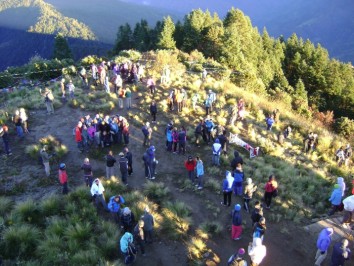
12th Jun, 2017
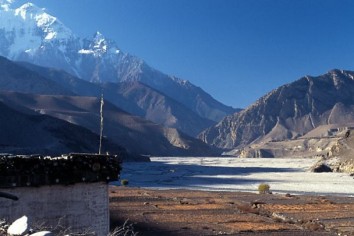
3rd Aug, 2018
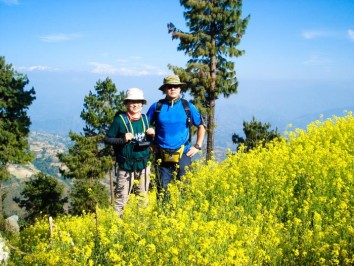
3rd Sep, 2015
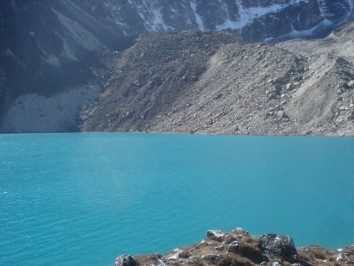
25th Jun, 2017
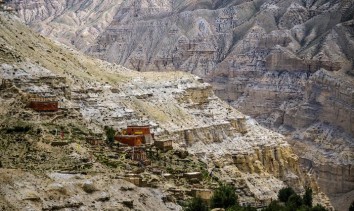
2nd Sep, 2020
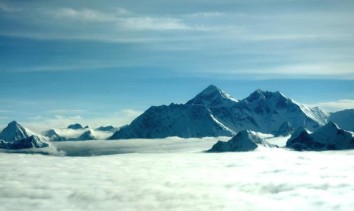
3rd Jul, 2016
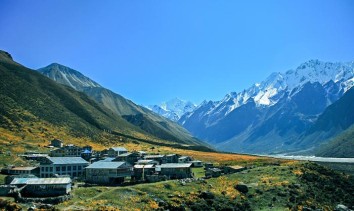
24th Jun, 2016
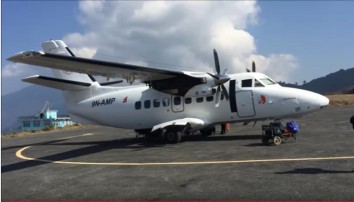
11th Aug, 2017
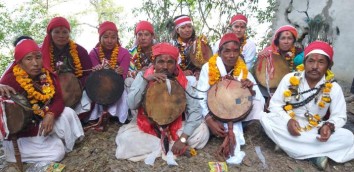
12th Jun, 2016
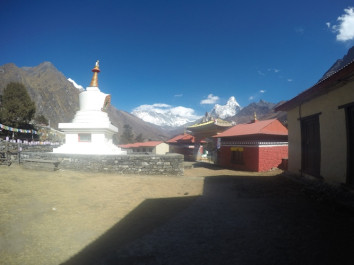
11th Sep, 2015
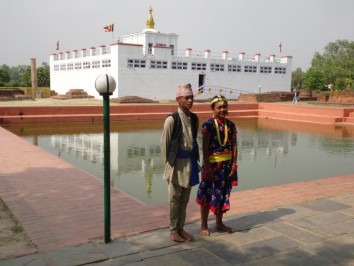
6th Aug, 2017
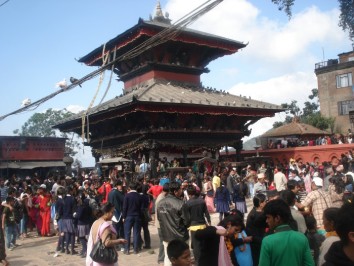
3rd Aug, 2017
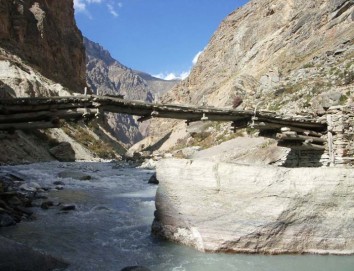
26th Jun, 2016
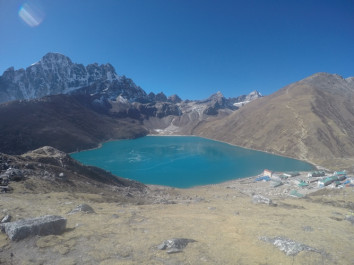
6th Jun, 2016
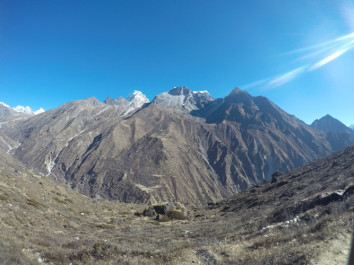
30th Aug, 2015
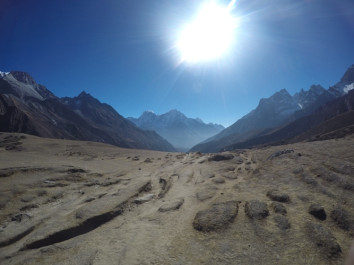
7th Sep, 2015
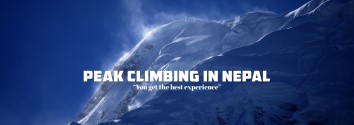
26th Aug, 2015
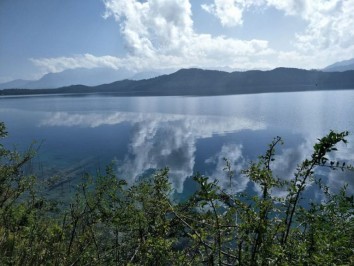
5th Sep, 2015
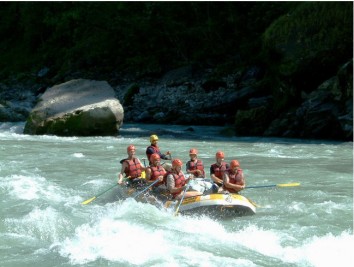
16th Sep, 2015
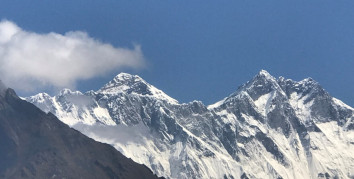
20th Sep, 2015
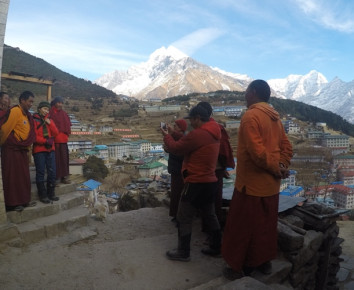
16th Jun, 2016
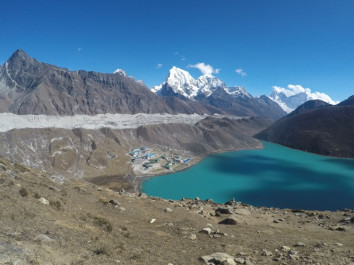
15th Dec, 2016
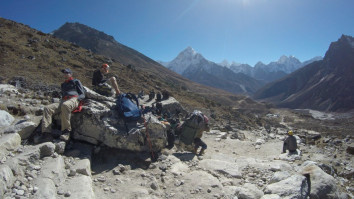
6th Jul, 2016
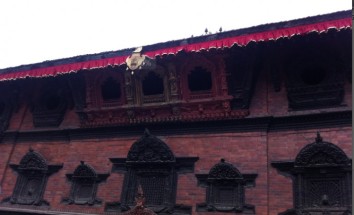
22nd Mar, 2020
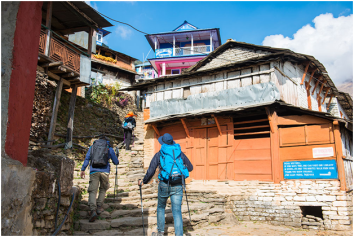
10th Mar, 2020
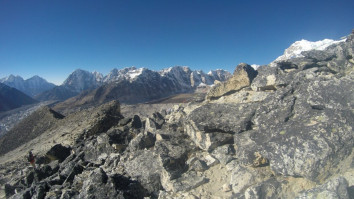
5th Aug, 2016
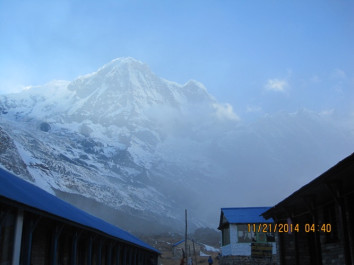
23rd Sep, 2016
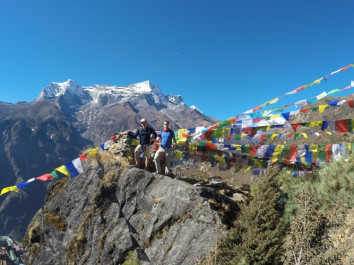
1st Sep, 2015
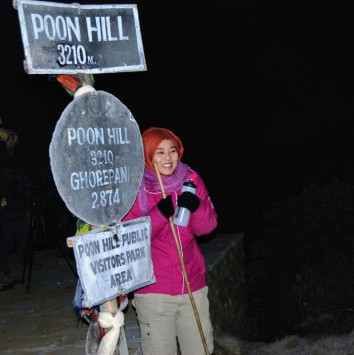
13th Dec, 2017
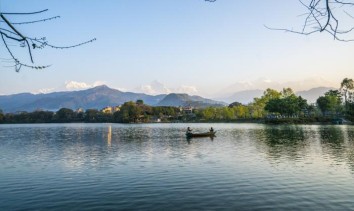
20th Jul, 2017
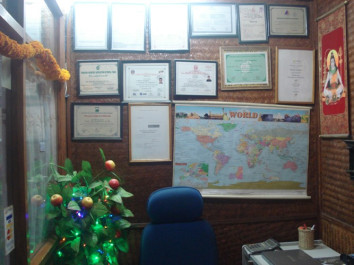
12th Aug, 2015
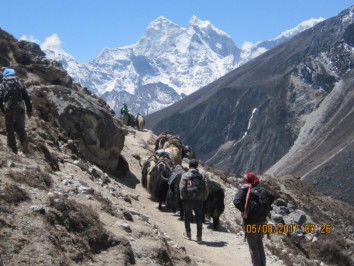
17th Nov, 2017
24th Aug, 2015
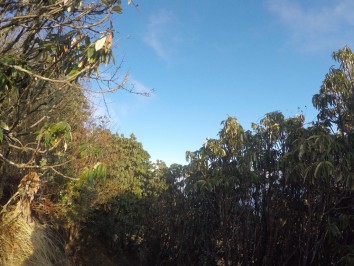
18th Sep, 2017
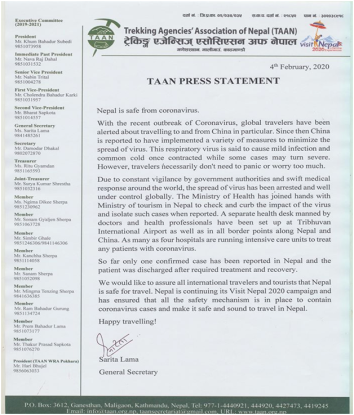
23rd Feb, 2020
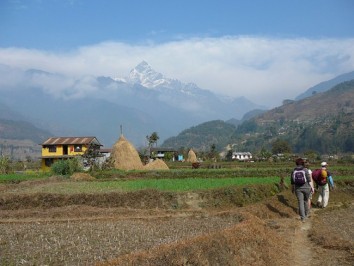
14th Jun, 2017
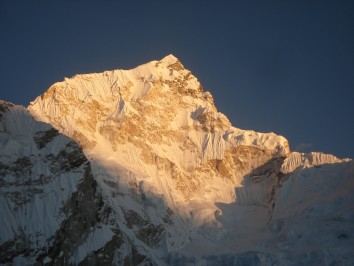
26th Jun, 2017
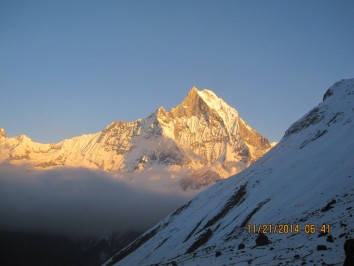
19th Aug, 2015
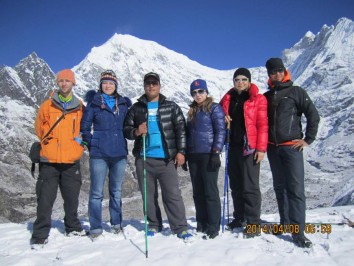
7th Apr, 2017
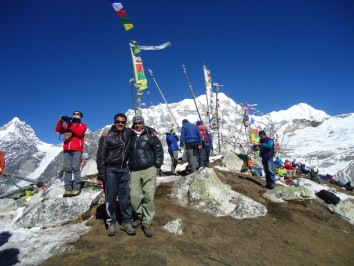
1st Jul, 2016
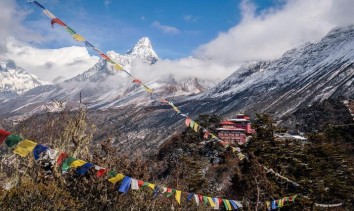
20th Sep, 2016

5th Jul, 2016
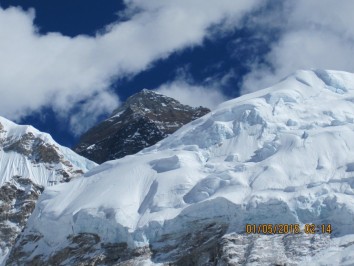
10th Jul, 2016
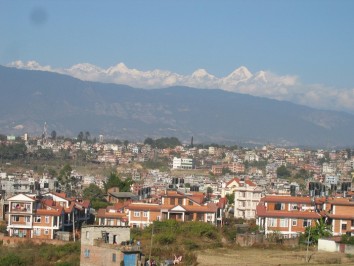
12th Mar, 2020
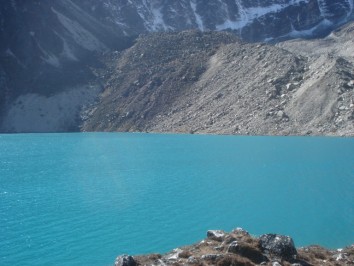
30th Jun, 2017
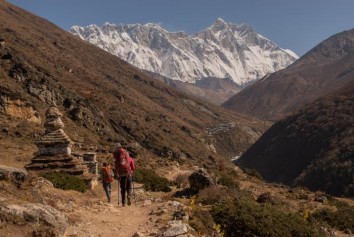
30th Aug, 2018

23rd Jul, 2017
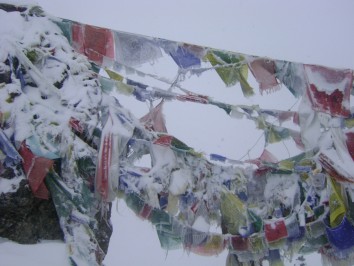
12th Jan, 2017
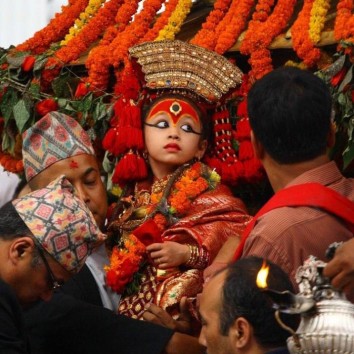
23rd Jul, 2017
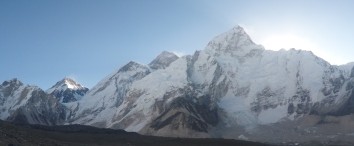
11th Aug, 2017
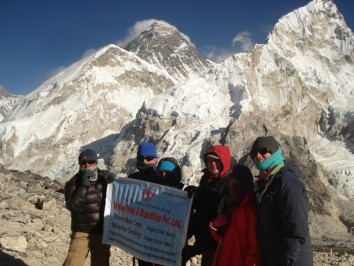
2nd Jul, 2017
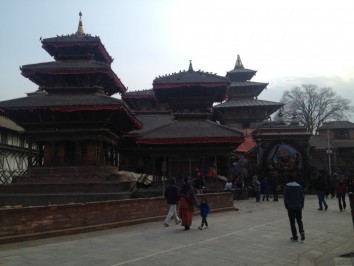
4th Sep, 2018
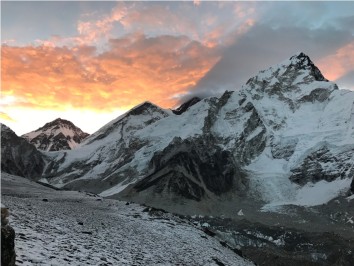
11th Aug, 2017
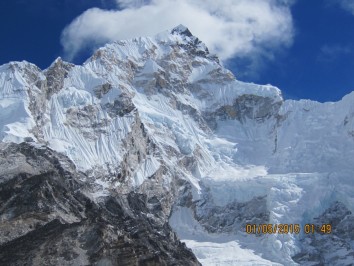
27th Jun, 2016
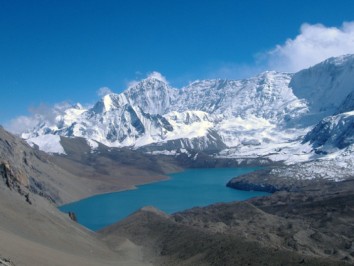
2nd Apr, 2017
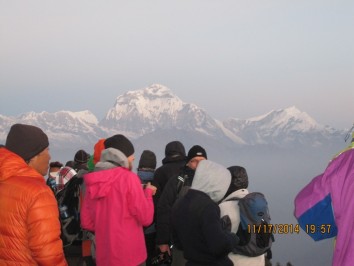
28th Jun, 2016
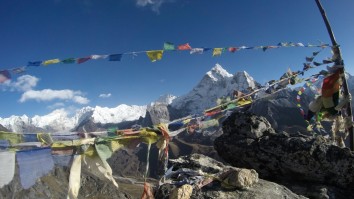
23rd Jun, 2016
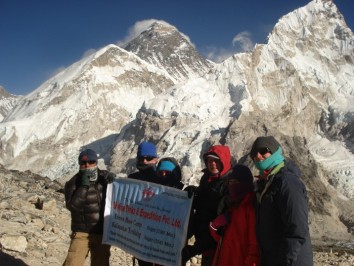
21st Sep, 2018
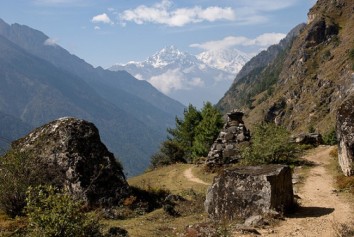
25th Sep, 2015

15th Sep, 2017
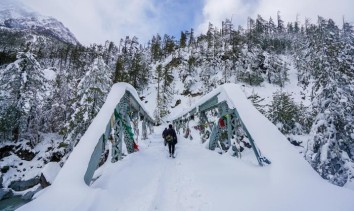
21st Jun, 2016
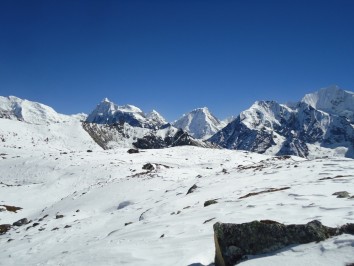
21st Aug, 2015
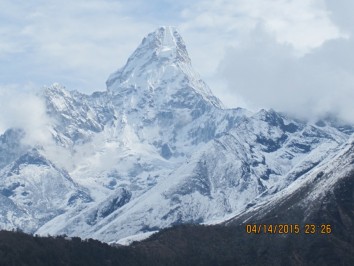
8th Jul, 2016
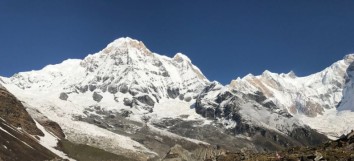
1st Jan, 2018

28th Sep, 2015
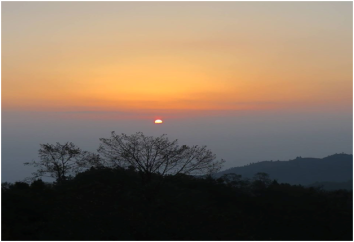
5th Mar, 2020
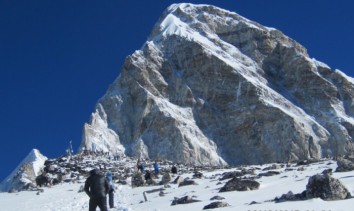
12th Sep, 2017
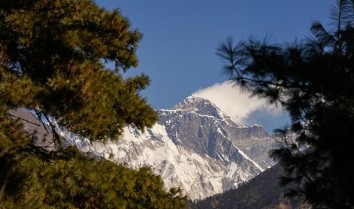
12th Sep, 2020

22nd Aug, 2017
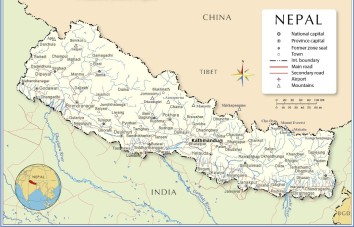
18th Aug, 2017
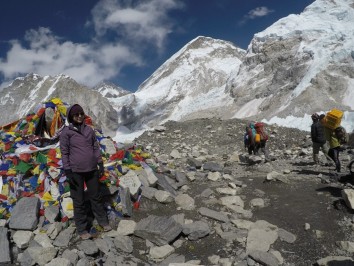
27th Sep, 2016
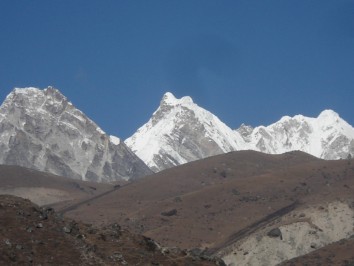
13th Jan, 2016
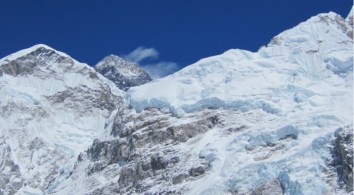
18th Aug, 2017

23rd Feb, 2020

6th May, 2018

31st Aug, 2017

17th Feb, 2020
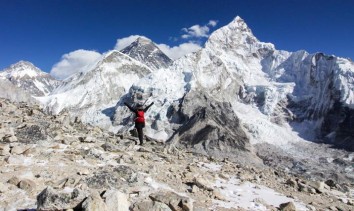
23rd Oct, 2017
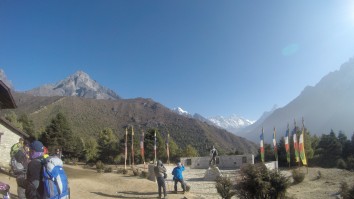
2nd Jul, 2016

9th Aug, 2016
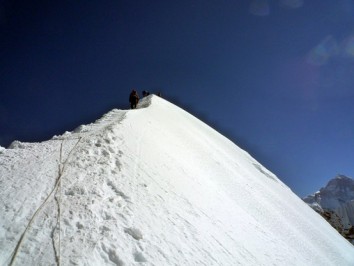
23rd Nov, 2022
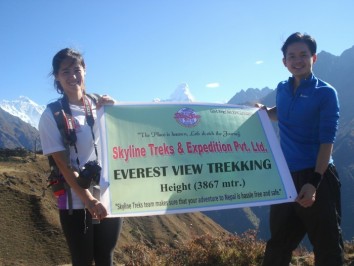
23rd Nov, 2022
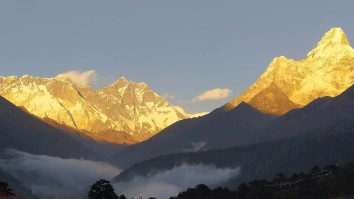
18th Dec, 2022
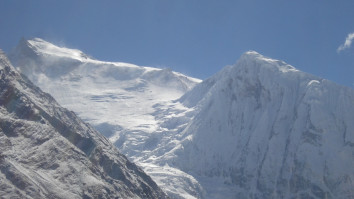
11th Mar, 2023
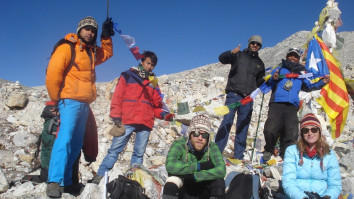
11th Mar, 2023
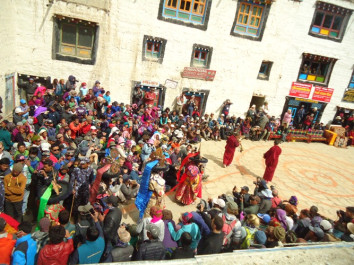
13th Mar, 2023
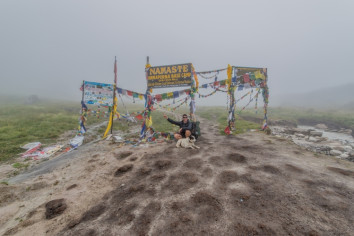
14th Mar, 2023
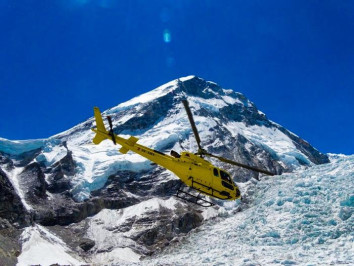
15th Mar, 2023
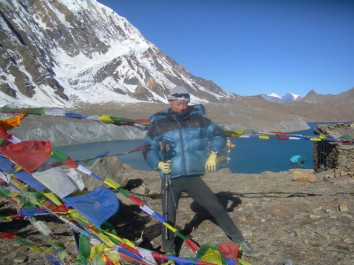
16th Mar, 2023
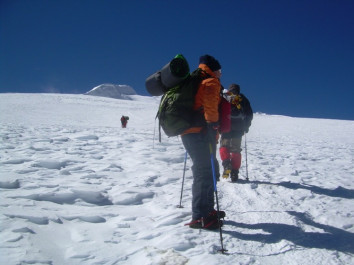
17th Mar, 2023
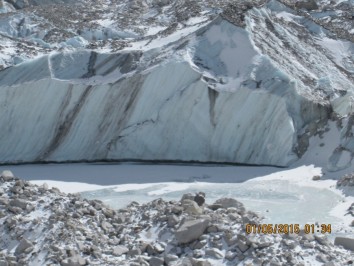
18th Mar, 2023
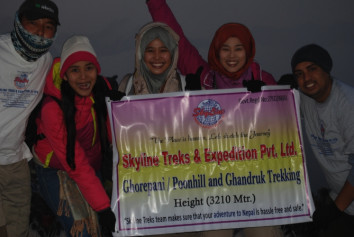
19th Mar, 2023
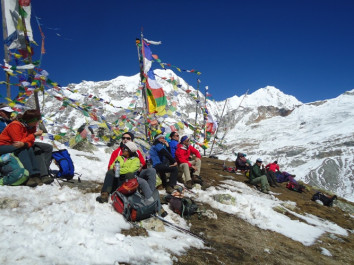
20th Mar, 2023
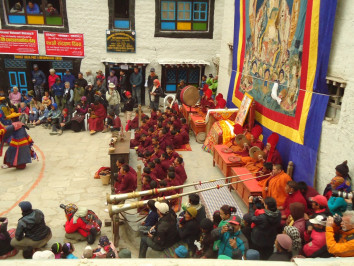
23rd Mar, 2023
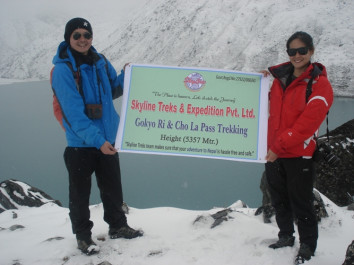
26th Mar, 2023
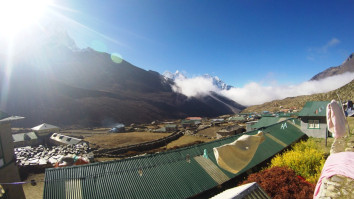
3rd Apr, 2023
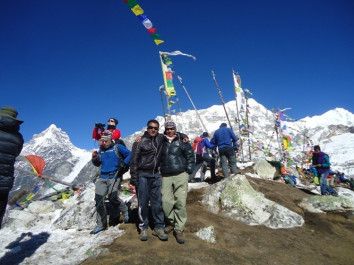
11th Apr, 2023
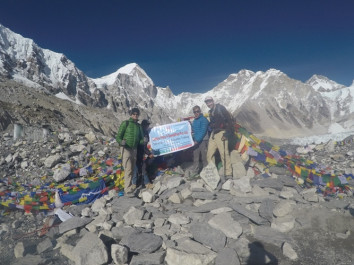
11th May, 2023
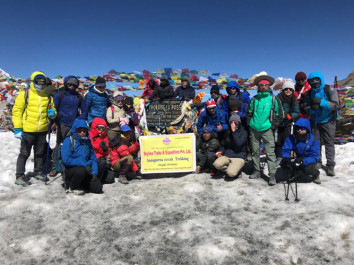
27th May, 2023
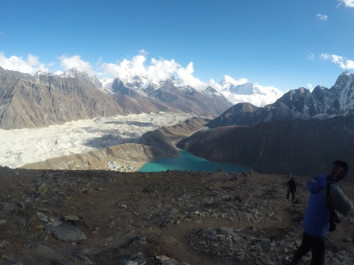
30th May, 2023
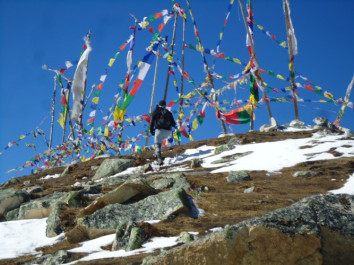
1st Jun, 2023
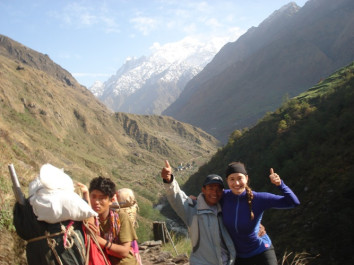
3rd Jun, 2023
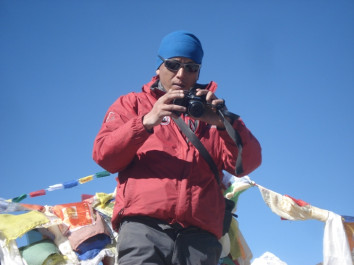
4th Jun, 2023
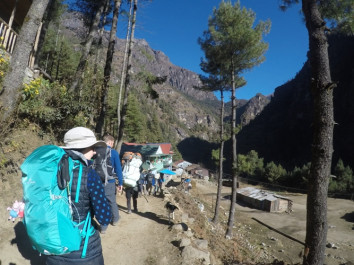
6th Jun, 2023
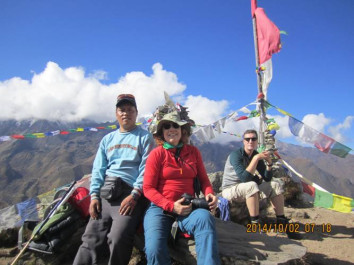
14th Jun, 2023
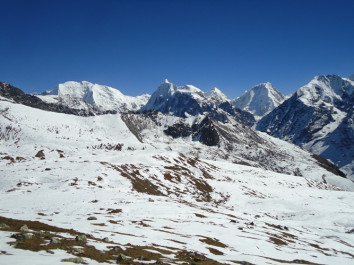
16th Jun, 2023
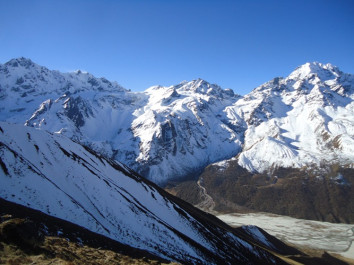
18th Jun, 2023
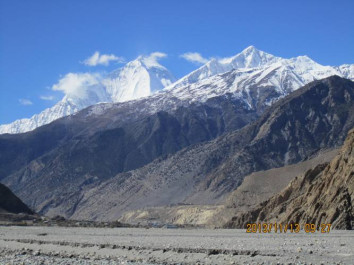
24th Jun, 2023
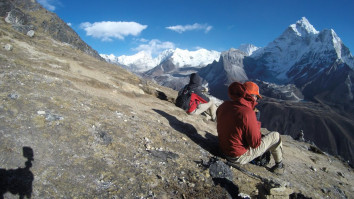
29th Jun, 2023
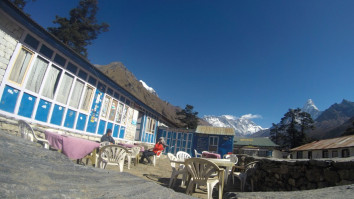
2nd Jul, 2023
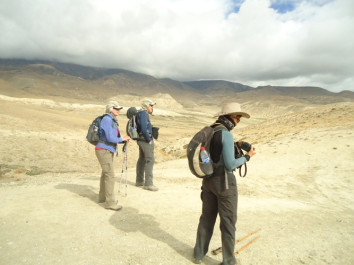
4th Jul, 2023
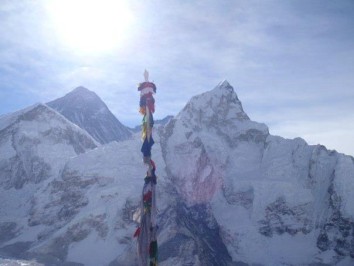
8th Jul, 2023
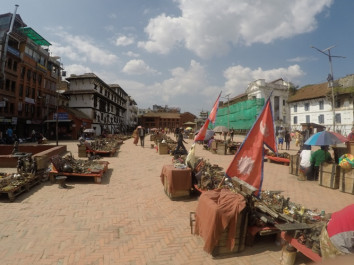
25th Jul, 2023
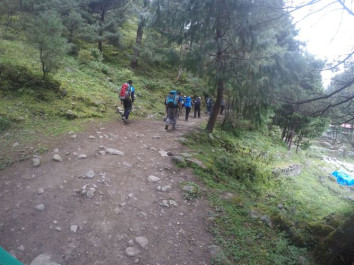
5th Aug, 2023
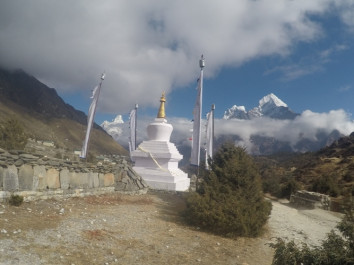
6th Aug, 2023
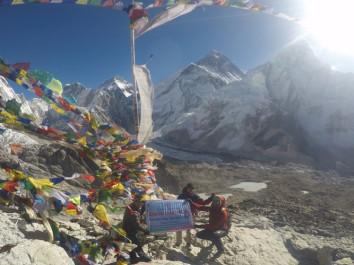
7th Aug, 2023
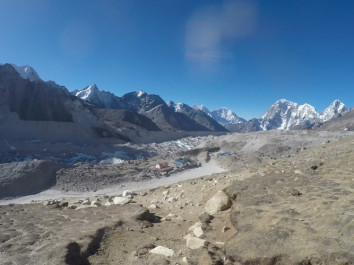
10th Aug, 2023
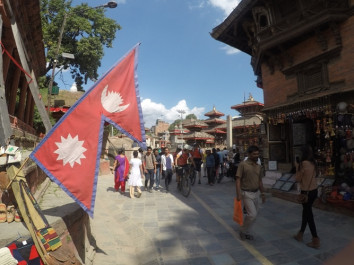
11th Aug, 2023
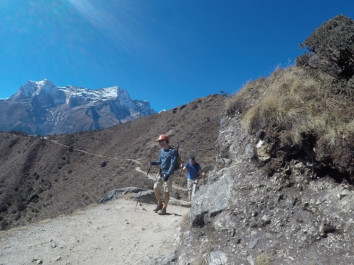
12th Aug, 2023
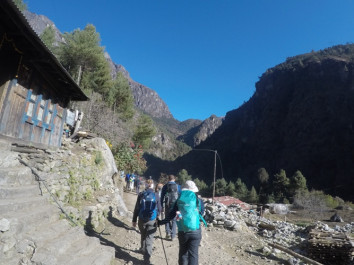
13th Aug, 2023
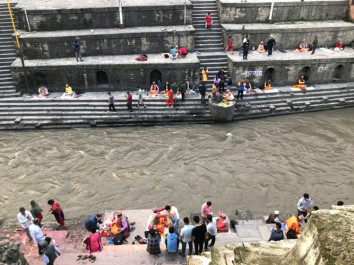
22nd Aug, 2023
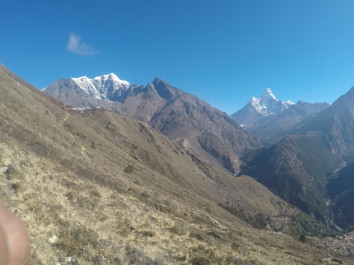
23rd Aug, 2023

24th Aug, 2023
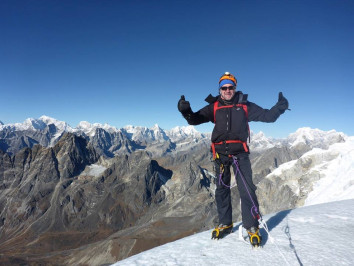
26th Aug, 2023
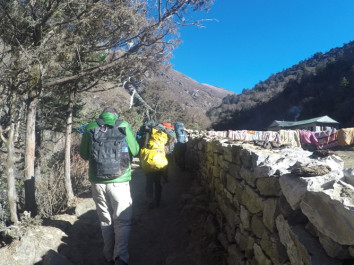
27th Aug, 2023
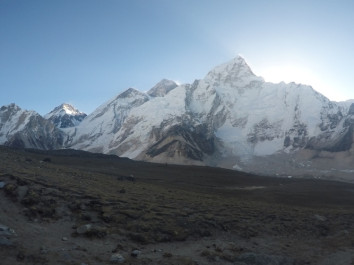
31st Aug, 2023
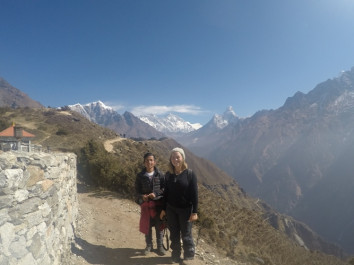
3rd Sep, 2023
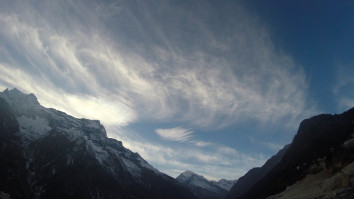
8th Sep, 2023
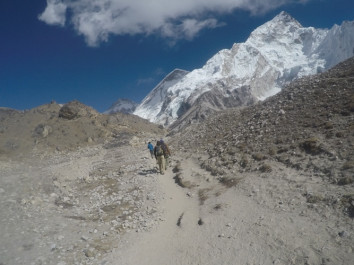
12th Sep, 2023
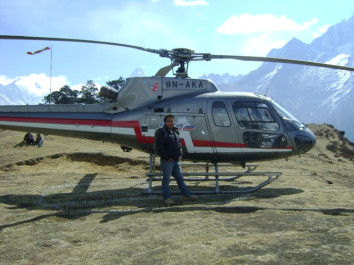
20th Sep, 2023
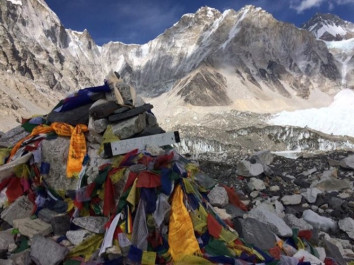
21st Sep, 2023
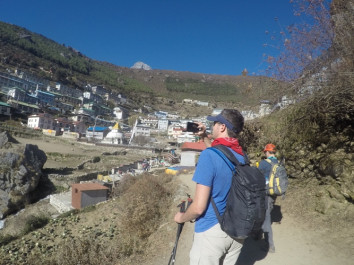
22nd Sep, 2023
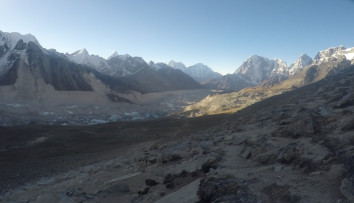
23rd Sep, 2023
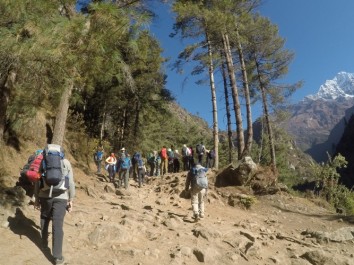
30th Sep, 2023
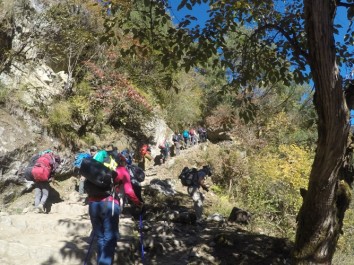
1st Oct, 2023
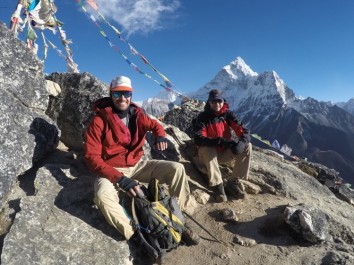
2nd Oct, 2023
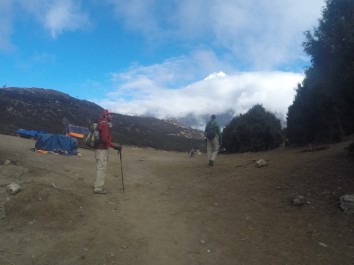
6th Oct, 2023
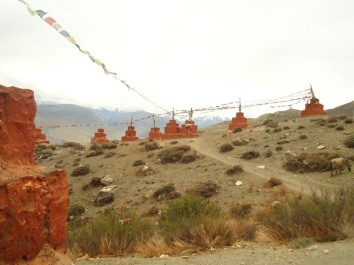
10th Oct, 2023
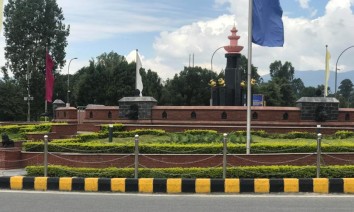
11th Oct, 2023
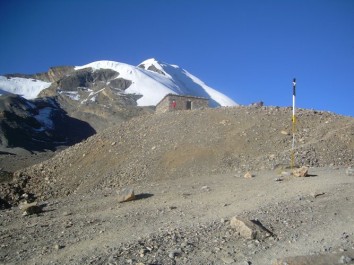
15th Oct, 2023
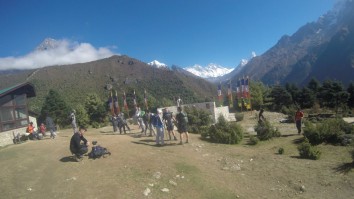
16th Oct, 2023
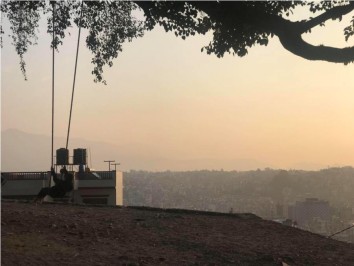
17th Oct, 2023
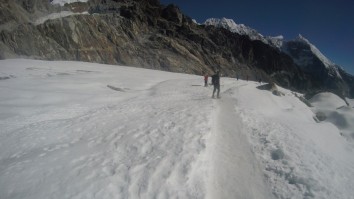
18th Oct, 2023
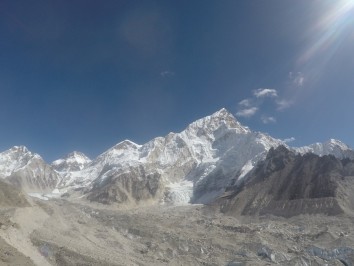
21st Oct, 2023
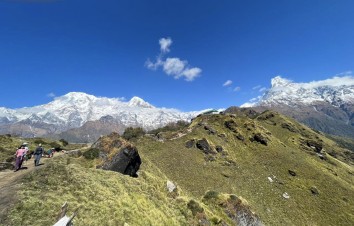
28th Oct, 2023
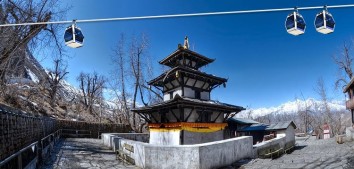
30th Oct, 2023
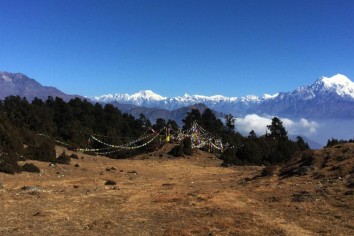
1st Nov, 2023
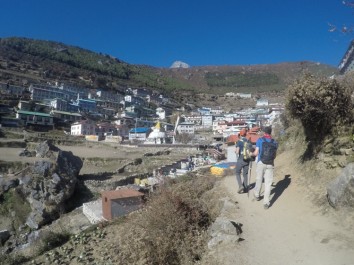
3rd Nov, 2023
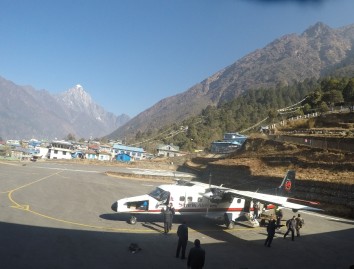
10th Nov, 2023
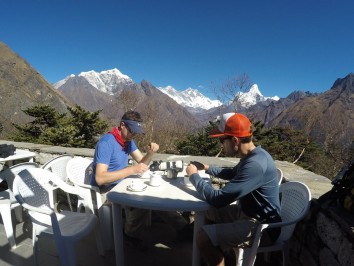
12th Nov, 2023
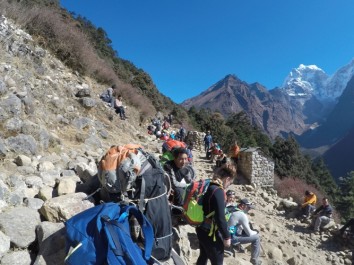
27th Nov, 2023
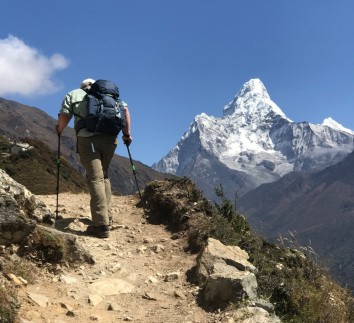
30th Nov, 2023
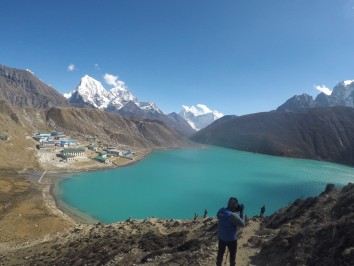
6th Dec, 2023
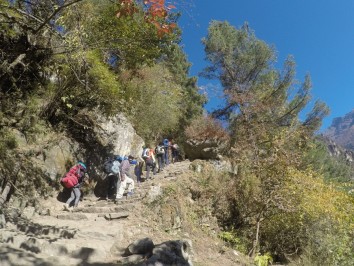
7th Dec, 2023
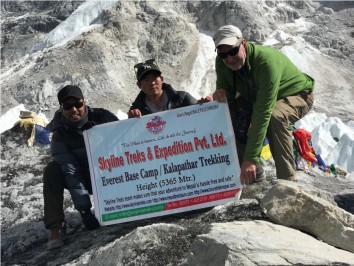
8th Dec, 2023
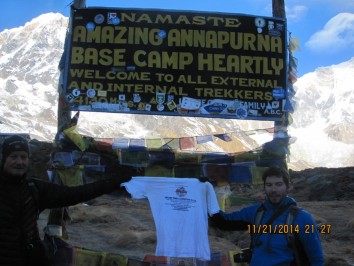
9th Dec, 2023
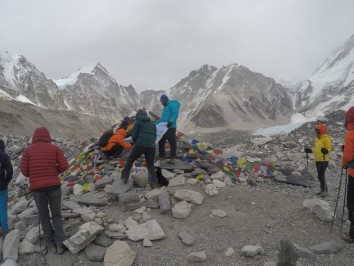
10th Dec, 2023
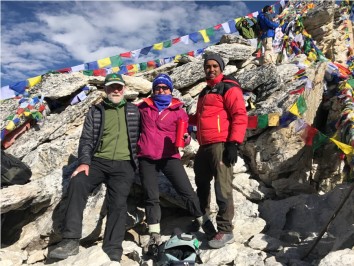
13th Dec, 2023
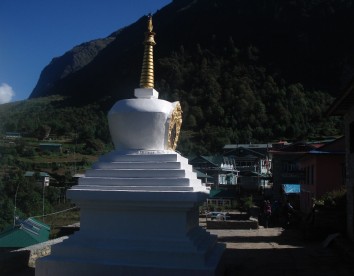
15th Dec, 2023
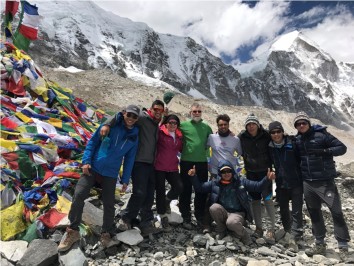
25th Dec, 2023
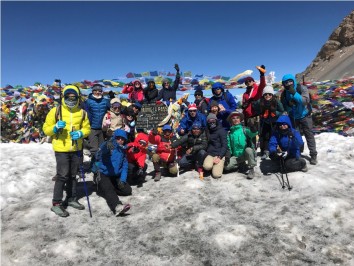
7th Jan, 2024
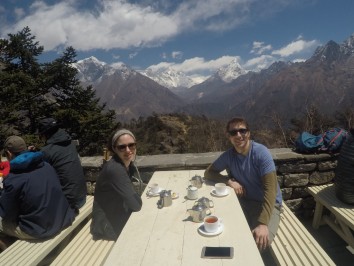
17th Jan, 2024
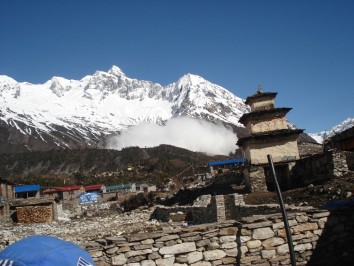
1st Feb, 2024
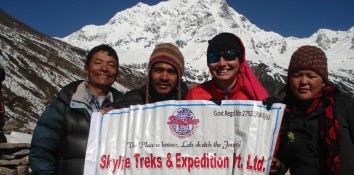
4th Feb, 2024
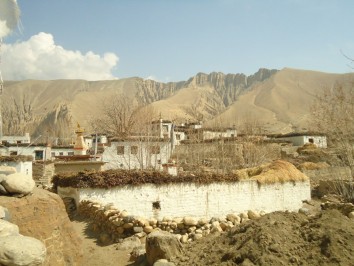
12th Feb, 2024
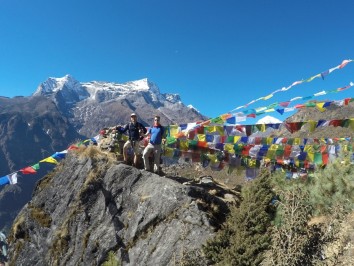
17th Feb, 2024
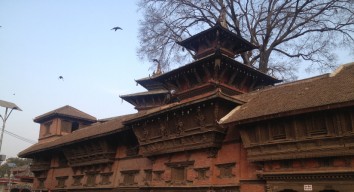
22nd Feb, 2024
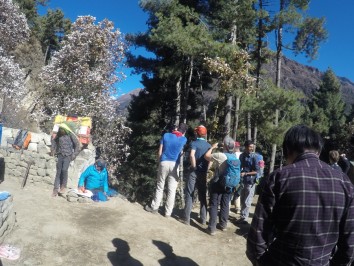
7th Mar, 2024
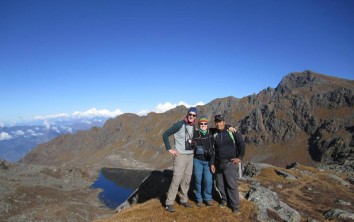
10th Mar, 2024
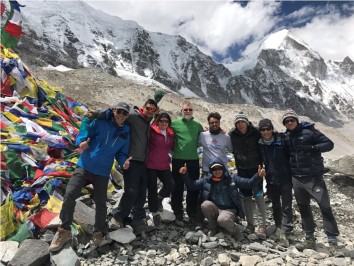
30th Mar, 2024
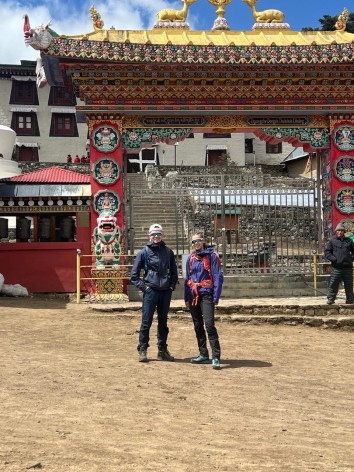
3rd Apr, 2024
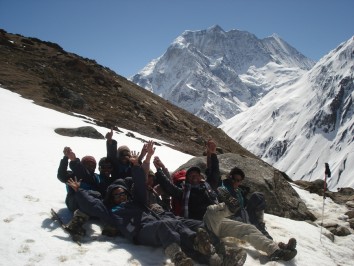
6th Apr, 2024
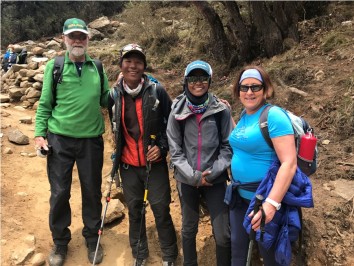
10th Apr, 2024
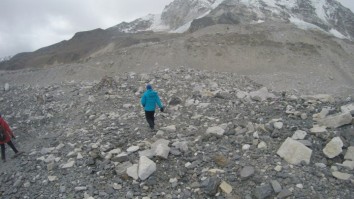
1st May, 2024
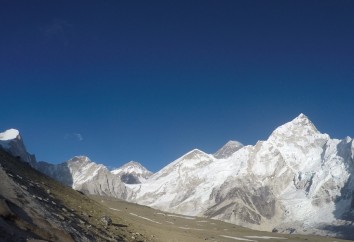
4th May, 2024
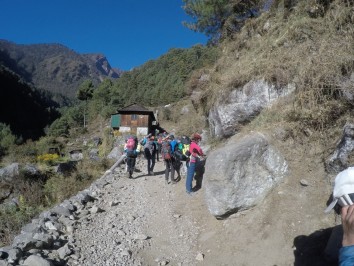
5th May, 2024
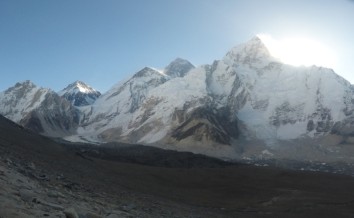
7th May, 2024
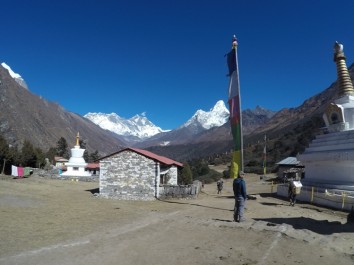
10th May, 2024
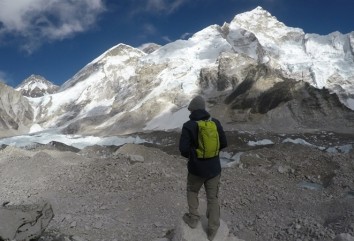
15th May, 2024
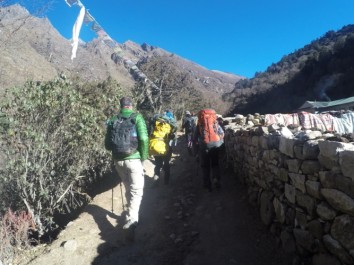
26th May, 2024
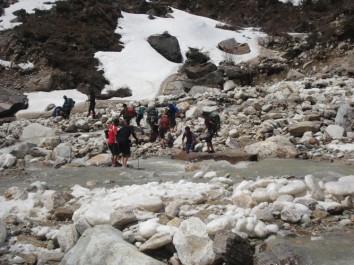
2nd Jun, 2024
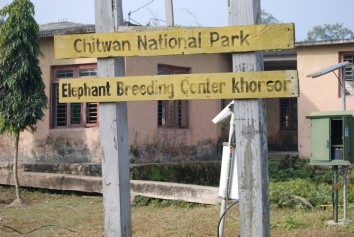
22nd Jun, 2024
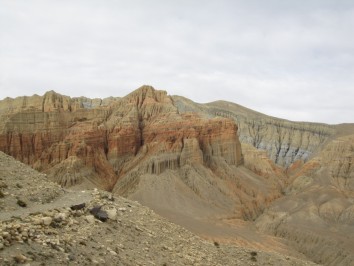
2nd Jul, 2024
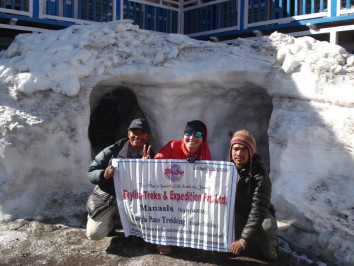
3rd Jul, 2024
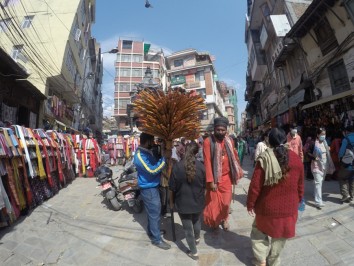
6th Jul, 2024
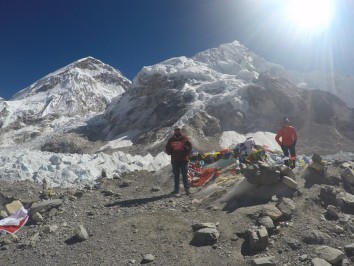
7th Jul, 2024
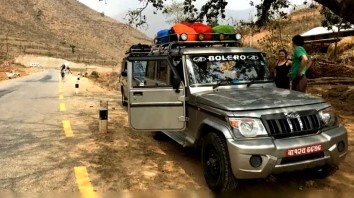
19th Jul, 2024
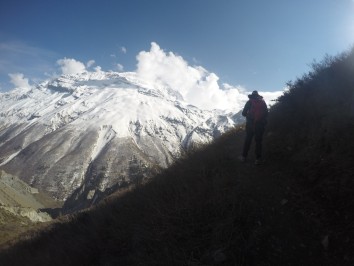
23rd Jul, 2024

28th Jul, 2024
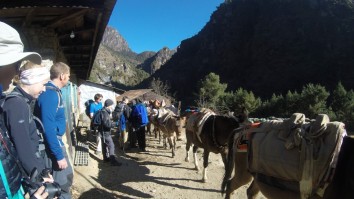
31st Jul, 2024
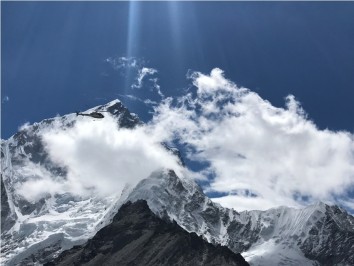
23rd Aug, 2024
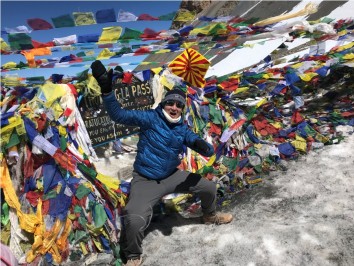
19th Oct, 2024

21st Oct, 2024
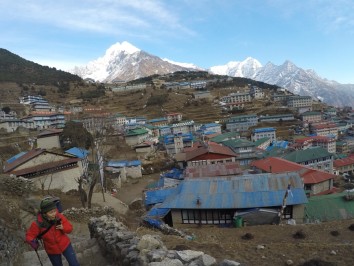
23rd Jan, 2025
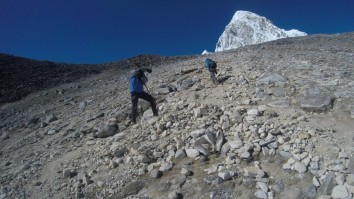
8th Feb, 2025
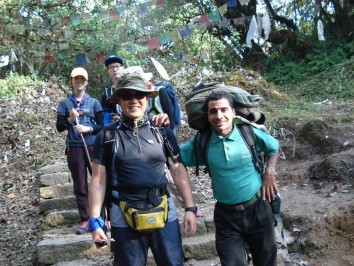
9th Mar, 2025
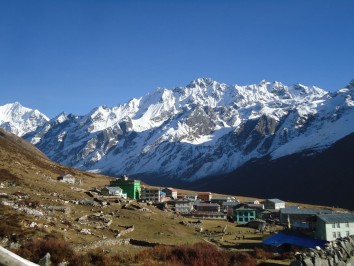
15th Mar, 2025
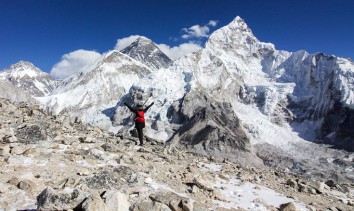
17th Mar, 2025
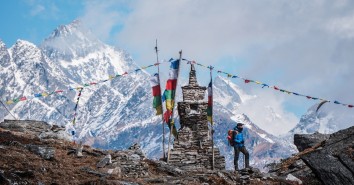
18th Mar, 2025

19th Mar, 2025
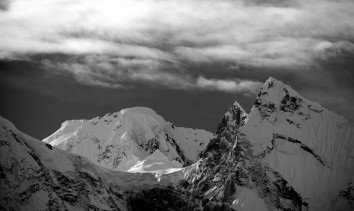
20th Mar, 2025

23rd Mar, 2025
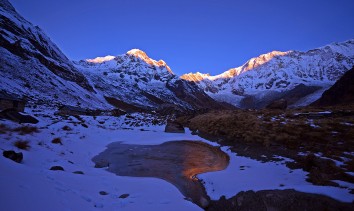
6th Apr, 2025
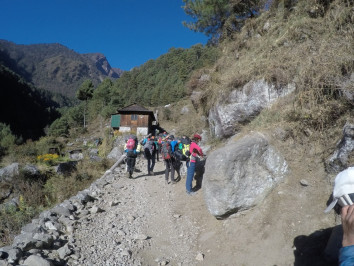
6th Apr, 2025
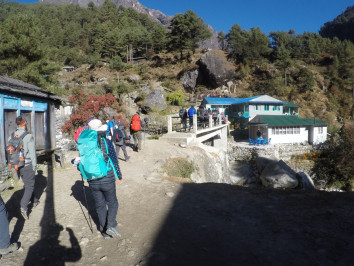
6th Apr, 2025
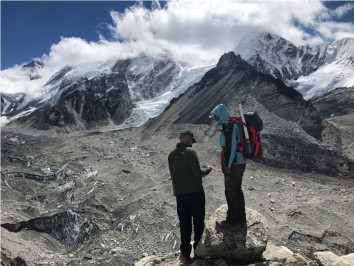
9th Apr, 2025
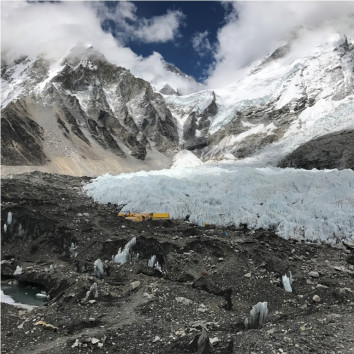
9th Apr, 2025
